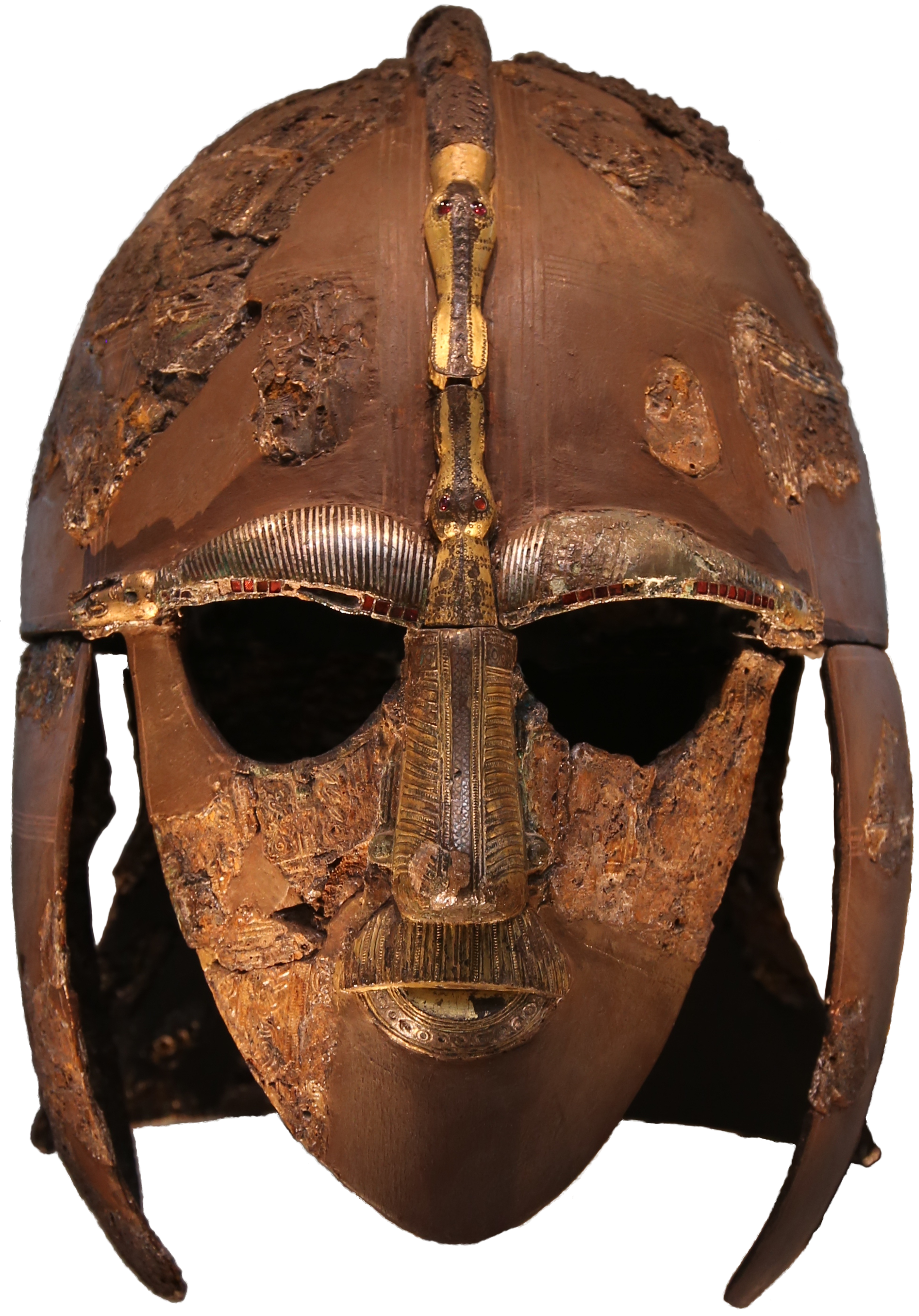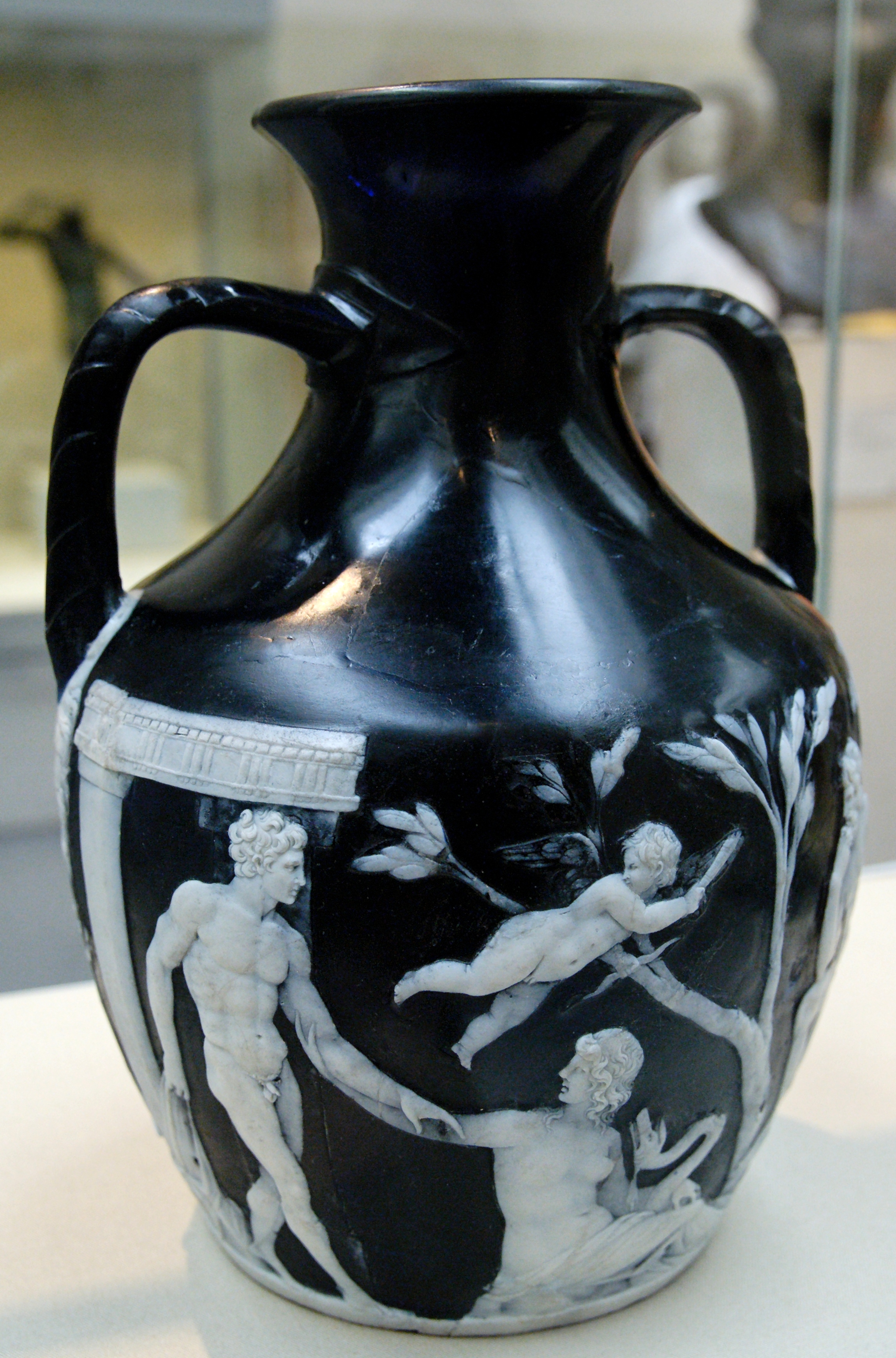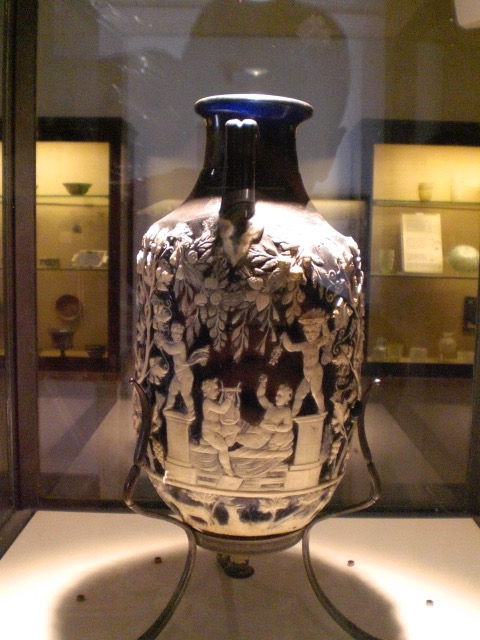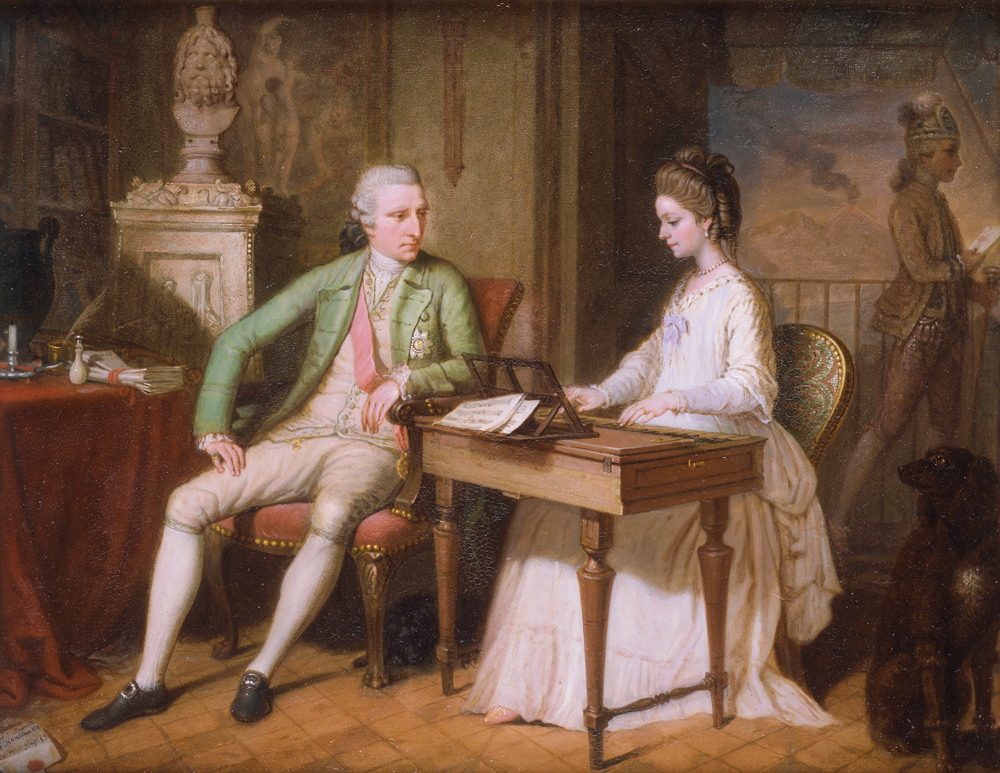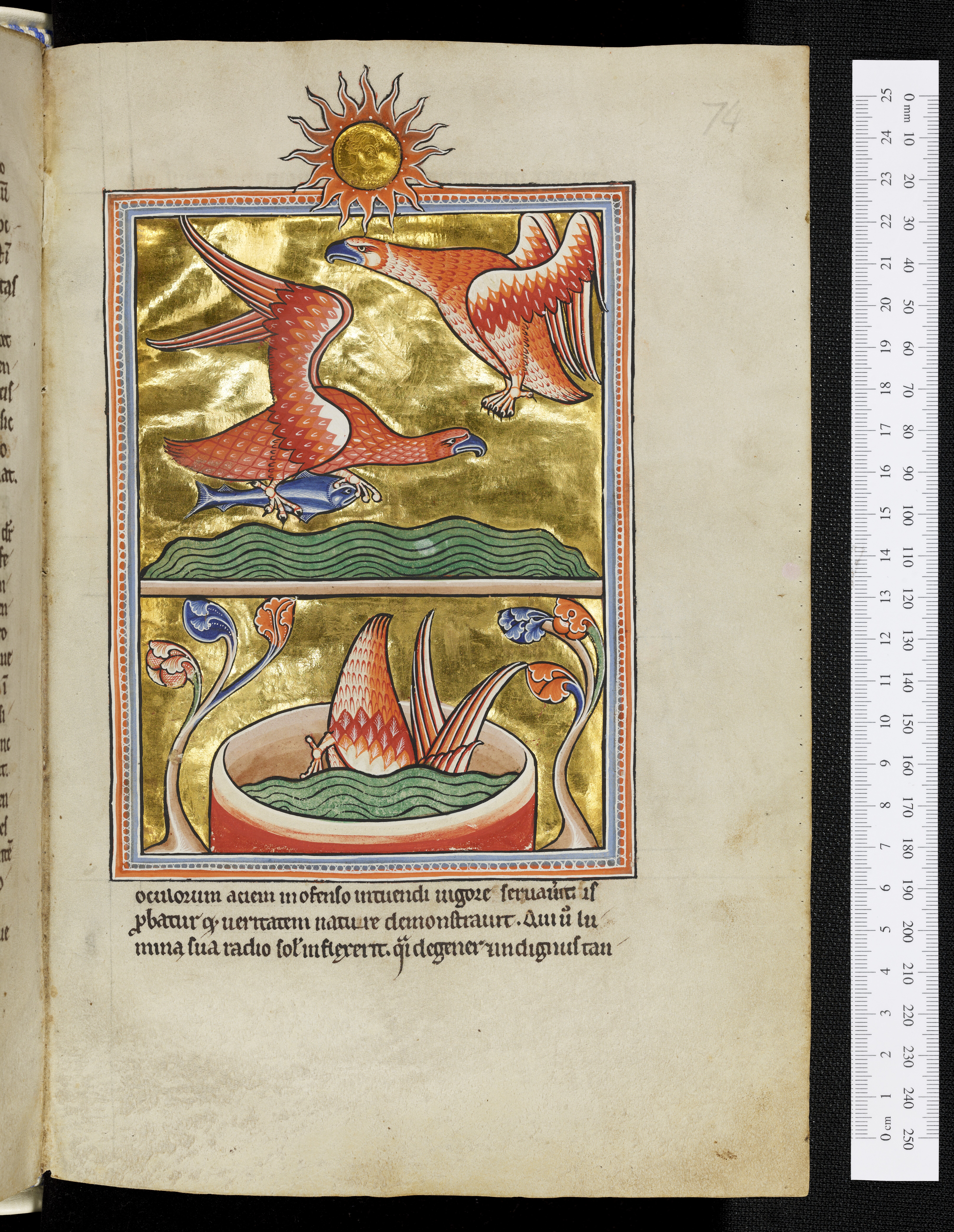|
Nigel Williams (conservator)
Nigel Reuben Rook Williams (15 July 1944 – 21 April 1992) was an English conservator and expert on the restoration of ceramics and glass. From 1961 until his death he worked at the British Museum, where he became the Chief Conservator of Ceramics and Glass in 1983. There his work included the successful restorations of the Sutton Hoo helmet and the Portland Vase. Joining as an assistant at age 16, Williams spent his entire career, and most of his life, at the British Museum. He was one of the first people to study conservation, not yet recognised as a profession, and from an early age was given responsibility over high-profile objects. In the 1960s he assisted with the re-excavation of the Sutton Hoo ship-burial, and in his early- to mid-twenties he conserved many of the objects found therein: most notably the Sutton Hoo helmet, which occupied a year of his time. He likewise reconstructed other objects from the find, including the shield, drinking horns, and maplewood bott ... [...More Info...] [...Related Items...] OR: [Wikipedia] [Google] [Baidu] |
Portland Vase
The Portland Vase is a Roman cameo glass vase, which is dated to between AD 1 and AD 25, though low BC dates have some scholarly support. It is the best known piece of Roman cameo glass and has served as an inspiration to many glass and porcelain makers from about the beginning of the 18th century onwards. It is first recorded in Rome in 1600–1601, and since 1810 has been in the British Museum in London. It was bought by the museum in 1945 (GR 1945,0927.1) and is normally on display in Room 70. The vase measures about high and . It is made of violet-blue glass, and surrounded with a single continuous white glass cameo making two distinct scenes, depicting seven human figures, plus a large snake, and two bearded and horned heads below the handles, marking the break between the scenes. The bottom of the vase was a cameo glass disc, also in blue and white, showing a head, presumed to be of Paris or Priam on the basis of the Phrygian cap it wears. This roundel clearly does not ... [...More Info...] [...Related Items...] OR: [Wikipedia] [Google] [Baidu] |
Sutton Hoo Helmet 2016
Sutton (''south settlement'' or ''south town'' in Old English) may refer to: Places United Kingdom England In alphabetical order by county: * Sutton, Bedfordshire * Sutton, Berkshire, a location * Sutton-in-the-Isle, Ely, Cambridgeshire * Sutton, Peterborough, Cambridgeshire * Sutton, Newton, Cheshire * Sutton, Cheshire East, a civil parish in Cheshire ** Sutton Lane Ends, a village in Cheshire * Sutton Weaver, Cheshire West and Chester * Great Sutton, Ellesmere Port, Cheshire * Guilden Sutton, Chester, Cheshire * Little Sutton, Cheshire, Ellesmere Port * Sutton on the Hill, Derbyshire * Sutton Scarsdale, Derbyshire * Sutton, Devon, a hamlet near Kingsbridge * Sutton, a historic name of Plymouth, Devon ** Sutton Harbour, Plymouth, Devon * Sutton Waldron, Dorset * Sutton, Essex * Long Sutton, Hampshire * Sutton Scotney, Hampshire * Sutton, Herefordshire * East Sutton, Kent * Sutton, Kent * Sutton-at-Hone and Hawley, Dartford, Kent * Sutton Valence, Maidstone, Kent ** Sutt ... [...More Info...] [...Related Items...] OR: [Wikipedia] [Google] [Baidu] |
Wedgwood
Wedgwood is an English fine china, porcelain and luxury accessories manufacturer that was founded on 1 May 1759 by the potter and entrepreneur Josiah Wedgwood and was first incorporated in 1895 as Josiah Wedgwood and Sons Ltd. It was rapidly successful and was soon one of the largest manufacturers of Staffordshire pottery, "a firm that has done more to spread the knowledge and enhance the reputation of British ceramic art than any other manufacturer", exporting across Europe as far as Russia, and to the Americas. It was especially successful at producing fine earthenware and stoneware that were accepted as equivalent in quality to porcelain (which Wedgwood only made later) but were considerably cheaper. Wedgwood is especially associated with the "dry-bodied" (unglazed) stoneware Jasperware in contrasting colours, and in particular that in "Wedgwood blue" and white, always much the most popular colours, though there are several others. Jasperware has been made continuously ... [...More Info...] [...Related Items...] OR: [Wikipedia] [Google] [Baidu] |
Epoxy
Epoxy is the family of basic components or cured end products of epoxy resins. Epoxy resins, also known as polyepoxides, are a class of reactive prepolymers and polymers which contain epoxide groups. The epoxide functional group is also collectively called ''epoxy''. The IUPAC name for an epoxide group is an oxirane. Epoxy resins may be reacted (cross-linked) either with themselves through catalytic homopolymerisation, or with a wide range of co-reactants including polyfunctional amines, acids (and acid anhydrides), phenols, alcohols and thiols (usually called mercaptans). These co-reactants are often referred to as hardeners or curatives, and the cross-linking reaction is commonly referred to as curing. Reaction of polyepoxides with themselves or with polyfunctional hardeners forms a thermosetting polymer, often with favorable mechanical properties and high thermal and chemical resistance. Epoxy has a wide range of applications, including metal coatings, composites, use in ... [...More Info...] [...Related Items...] OR: [Wikipedia] [Google] [Baidu] |
Desiccator
Desiccators are sealable enclosures containing desiccants used for preserving moisture-sensitive items such as cobalt chloride paper for another use. A common use for desiccators is to protect chemicals which are hygroscopic or which react with water from humidity. The contents of desiccators are exposed to atmospheric moisture whenever the desiccators are opened. It also requires some time to achieve a low humidity. Hence they are not appropriate for storing chemicals which react quickly or violently with atmospheric moisture such as the alkali metals; a glovebox or Schlenk-type apparatus may be more suitable for these purposes. Desiccators are sometimes used to remove traces of water from an almost-dry sample. Where a desiccator alone is unsatisfactory, the sample may be dried at elevated temperature using Abderhalden's drying pistol. Constituents The lower compartment of the desiccator contains lumps of silica gel, freshly calcined quicklime, Drierite or (not as effective) ... [...More Info...] [...Related Items...] OR: [Wikipedia] [Google] [Baidu] |
Cameo Glass
Cameo glass is a luxury form of glass art produced by cameo glass engraving or etching and carving through fused layers of differently colored glass to produce designs, usually with white opaque glass figures and motifs on a dark-colored background. The technique is first seen in ancient Roman art of about 30 BC, where it was an alternative to the more luxurious engraved gem vessels in cameo style that used naturally layered semi-precious gemstones such as onyx and agate. Glass allowed consistent and predictable colored layers, even for round objects. From the mid-19th century there was a revival of cameo glass, suited equally to Neo-Grec taste and the French Art Nouveau practiced by Émile Gallé. Cameo glass is still produced today. Roman glass Roman cameo glass is fragile, and thus extremely rare—much more so than natural gemstone cameos such as the Gemma Augustea and Gonzaga Cameo, which are among the largest examples of many hundreds (at least) of surviving classical ca ... [...More Info...] [...Related Items...] OR: [Wikipedia] [Google] [Baidu] |
Kenneth Painter
Kenneth Scott Painter (28 March 1935 – 14 May 2016) was deputy keeper of Greek and Roman antiquities at the British Museum and an authority on Roman and late antique silver. He was vice-president of the British Archaeological Association in 1997 and a trustee of Oxford Archaeology. He received a DLitt from Oxford University in 2004. Selected publications *''The Mildenhall Treasure: Roman Silver from East Anglia.'' British Museum Publications, London, 1977. *''The Water Newton early Christian silver''. British Museum Publications, London, 1977. * *''The Insula of the Menander at Pompeii: Volume IV: The Silver Treasure''. Oxford University Press, Oxford, 2001. *''Late Roman Silver. The Traprain Treasure in Context''. Society of Antiquaries of Scotland The Society of Antiquaries of Scotland is the senior antiquarian body of Scotland, with its headquarters in the National Museum of Scotland, Chambers Street, Edinburgh. The Society's aim is to promote the cultural heritage of S ... [...More Info...] [...Related Items...] OR: [Wikipedia] [Google] [Baidu] |
Portland Vase BM Gem4036 N5
Portland most commonly refers to: * Portland, Oregon, the largest city in the state of Oregon, in the Pacific Northwest region of the United States * Portland, Maine, the largest city in the state of Maine, in the New England region of the northeastern United States * Isle of Portland, England, a tied island in the English Channel Portland may also refer to: Places and establishments Australia *Cape Portland, Tasmania, a cape on the north-eastern tip of Tasmania *Portland, New South Wales, a town with the first Australian cement works *Portland, Victoria, a regional city and port *City of Portland (Victoria), a former local government area (LGA) Canada *Port Lands, Toronto, Ontario (sometimes mistakenly spelled "Portlands"), the eastern part of the Toronto waterfront *Portland Island (British Columbia), a small island off the coast of Vancouver island *Portland Inlet, an inlet between southeastern Alaska and British Columbia **Portland Canal, an arm of Portland Inlet *Portland Es ... [...More Info...] [...Related Items...] OR: [Wikipedia] [Google] [Baidu] |
Chronicle (UK TV Series)
''Chronicle'' is a British television programme that was shown monthly and then fortnightly on BBC Two from 18 June 1966 until its last broadcast on 29 May 1991. ''Chronicle'' focused on popular archaeology and related subjects, and was considered an influential programme and a landmark in early television presentation of archaeology. The programme was commissioned by David Attenborough in 1966, and was produced by the Archaeological and Historical Unit headed by Paul Johnstone and later edited by Bruce Norman. Among the presenters of the programme were Magnus Magnusson, Colin Renfrew, David Drew, and John Julius Norwich. Background BBC first broadcast a regular archaeology programme on radio introduced by Glyn Daniel in 1946 titled ''The Archaeologist''. This was followed by a popular television quiz show '' Animal, Vegetable, Mineral?'' from 1952, and ''Buried Treasure'' broadcast from 1954 to 1959. In 1966, the first controller of BBC Two, David Attenborough, thought that t ... [...More Info...] [...Related Items...] OR: [Wikipedia] [Google] [Baidu] |
Johann Heinrich Wilhelm Tischbein
Johann Heinrich Wilhelm Tischbein, known as the ''Goethe Tischbein'' (15 February 1751 in Haina – 26 February 1829 in Eutin), was a German painter from the Tischbein family of artists. Biography Johann Heinrich Wilhelm Tischbein was born on 15 February 1751 in Haina. His father was Johann Conrad, a carpenter. Tischbein began his artistic studies with his uncle, Johann Heinrich Tischbein the Elder (The "Kassel Tischbein"), in 1765, when Johann Heinrich Wilhelm was only 14 years old. Soon after, he began his travels, first working at the studio of his uncle Johann Jacob Tischbein in Hamburg before moving to Bremen in 1771, and then travelling through Holland in 1772 and 1773. Tischbein returned to Kassel in 1773. Between 1773 and 1775 he completed many portrait commissions with his brother Johann Heinrich Tischbein the Younger. In 1777, he established himself as a portrait painter in Berlin, and completed commissions with the help of his younger brother Heinrich Jacob. Johann ... [...More Info...] [...Related Items...] OR: [Wikipedia] [Google] [Baidu] |
William Hamilton (diplomat)
Sir William Hamilton, (13 December 1730 – 6 April 1803), was a British diplomat, antiquarian, archaeologist and vulcanologist. After a short period as a Member of Parliament, he served as British Ambassador to the Kingdom of Naples from 1764 to 1800. He studied the volcanoes Vesuvius and Etna, becoming a Fellow of the Royal Society and recipient of the Copley Medal. His second wife was Emma Hamilton, famed as Horatio Nelson's mistress. Early life and career Hamilton was born on 13 December 1730 (or 12 January 1731) in either London or at Park Place, Berkshire, the fourth son of Lord Archibald Hamilton, governor of Jamaica, seventh son of William Douglas-Hamilton, Earl of Selkirk, by the 3rd Duchess of Hamilton, and Lady Jane Hamilton, daughter of James Hamilton, 6th Earl of Abercorn.Constantine 2001: 1–2. His mother was a favourite, and possibly a mistress, of the Prince of Wales and William grew up with his son George III, who would call him his "foster brother". At age n ... [...More Info...] [...Related Items...] OR: [Wikipedia] [Google] [Baidu] |
Rupert Bruce-Mitford
Rupert Leo Scott Bruce-Mitford, FBA, FSA (14 June 1914 – 10 March 1994) was a British archaeologist and scholar, best known for his multi-volume publication on the Sutton Hoo ship burial. He was a noted academic as the Slade Professor of Fine Art at Cambridge University from 1978 to 1979, in addition to appointments at All Souls College, Oxford, and Emmanuel College, Cambridge. Bruce-Mitford worked for the British Museum in the Department of British and Mediaeval Antiquities from 1938 and, following the bequest of the Sutton Hoo Treasure to the nation, was charged with leading the project to study and publish the finds. This he did through four decades at the museum. He also became president of the Society of Antiquaries of London. Apart from military service in the Second World War he worked at the British Museum continuously until 1977, including two keeperships, and finally as a research keeper. Bruce-Mitford also held the titles secretary, and later vice-president, of t ... [...More Info...] [...Related Items...] OR: [Wikipedia] [Google] [Baidu] |
